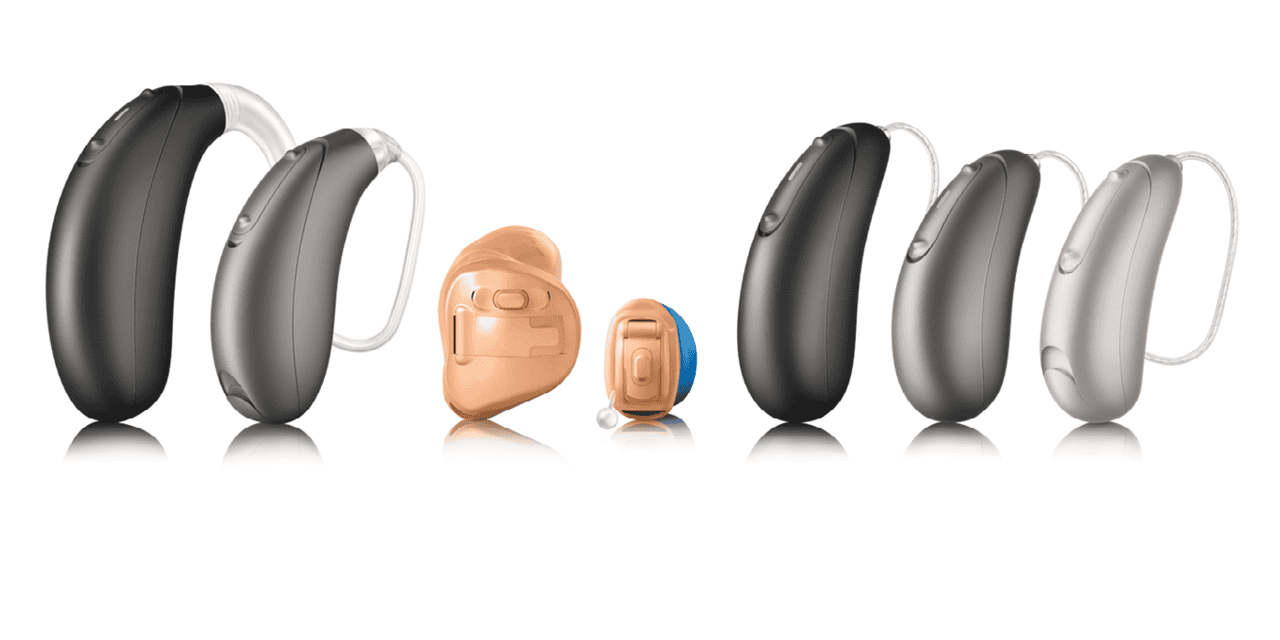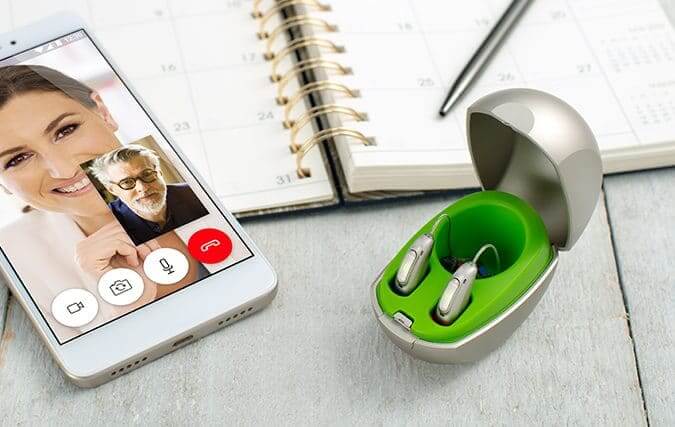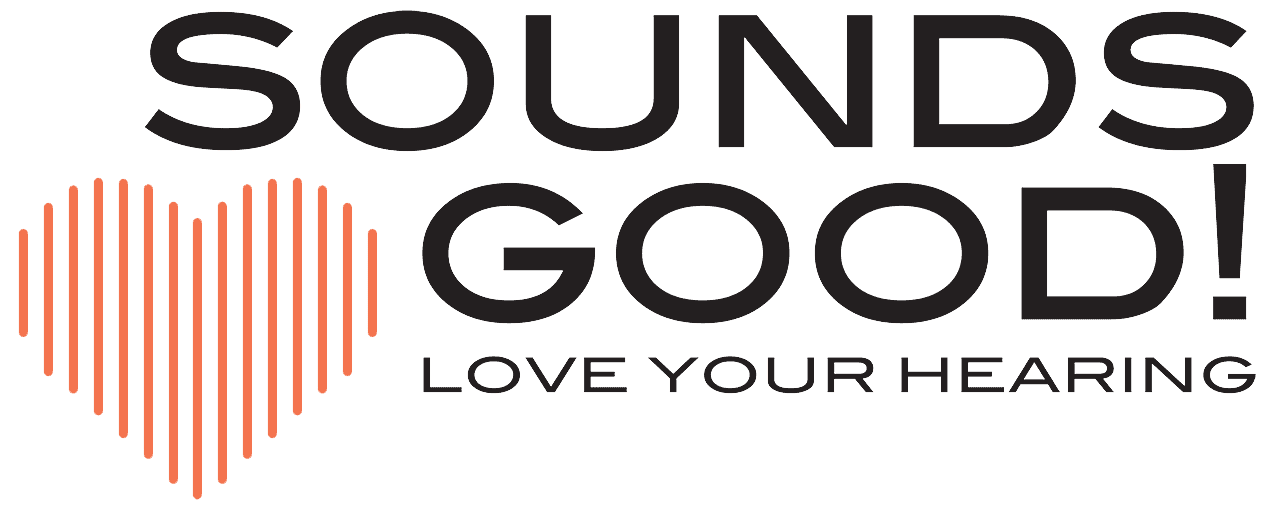Sounds Good! Risk Free Trial
Test Drive (Your Hearing)
We believe the only way to truly know which hearing aids are right for you is by witnessing the benefits they provide to your day-to-day life.
We want to make sure you love the way you hear. Deciding if you need a hearing instrument or which hearing instrument is right for you can be overwhelming.
Two questions face our customers. The first is, “Do I have a hearing loss?” If our hearing test reveals that the answer is yes, then the next question you ask may be, “Will I like what I hear and will I be happy with them?”
Making a confident choice with Sounds Good! Risk Free Trial
At Sounds Good! we believe the only way to truly know which hearing aids are right for you is by witnessing the benefits they provide to your day-to-day life. As such, we created a hassle-free experience that puts you in the driver’s seat as you navigate this journey. Your hearing care professional will come alongside to guide and support you every step of the way.
It really could not be easier:
- The first step is to make an appointment for your initial hearing test and evaluation.
- After this, we will program a set of high-tech hearing instruments personalized to the degree of your hearing loss and preferences. You will take the hearing instruments home right away and wear them at work, at home, at the theater, at dinner parties … just test them to their limits. By continuously wearing the hearing instruments in all your different environments, you will know whether they are right for you or if you should make another selection to better match your lifestyle. We encourage you to take your time evaluating the hearing instruments to get a sense of how they are performing for you.
- After a week-long trial, you will return to our office where we will discuss your experience. Backed by data and your personal preferences, you will have plenty of options when it comes to hearing aid styles, technology performance and cost.
It’s that simple! It really could not be easier.
You make the decisions; we support you all the way. No commitment or deposit required. We want this to be super easy and let you love the experience.
Types of Hearing Aids

Although hearing assistance is a quickly developing area of technological research and development, many of the main types of hearing aids fall into two general categories. In-The-Ear (ITE) hearing aids fit into the ear canal, often out of sight. Behind-The-Ear (BTE) hearing aids have a compartment attached to the aid that sits behind the ear. Within these general types there are many variants, each with its own pros and cons. Let’s take a look at these two general types of hearing aids and the variants within them.
ITE Hearing Aids
ITE hearing aids are placed directly into your ear canal, and they tend to come as a single unit with all the components in a custom-made housing. Some of these aids are completely invisible to the naked eye. These smallest models of hearing aids are called In-the-Canal (IIC) units. Similar to the IIC is the Completely-In- the-Canal (CIC) model of hearing aids. Although they remain visible to some onlookers, they are very tiny and fit inside the ear canal, as well. Although these two types are difficult to see, they are also difficult to take out or to place in the ear canal. In-The-Canal (ITC) hearing aids are only slightly larger than the first two types of ITEs. These units fit into the ear canal, but they may be slightly easier to manipulate due to their larger size. Some wearers of ITC hearing aids complain about the sound of own voice or the feeling that their ears are plugged up. Another line of hearing aids therefore includes a unit that sits behind the ear, separating the components into different parts.
BTE Hearing Aids
BTE hearing aids have two main components to house the functions of the aids. The battery, microphone, or other components may be contained in a cartridge that sits behind the ear. This unit is connected to another piece that fits closer to the ear canal. These hearing aids tend to be a bit bigger than ITE units, making them more visible. Yet, this larger size can make them easier to take in and out for some wearers. Two types of BTEs describe the location of the receiver: Receiver-In-The-Ear (RITE) and Receiver-In-The-Canal (RIC). Although the cartridge behind the ear can make it easier to use, the component that fits inside the ear can be difficult to manipulate. By far the easiest hearing aid to manipulate is the BTE with a custom made ear mold.
This larger unit is customized to the shape of the outer ear, where it is visible and rests in these folds and crevices. For those with dexterity issues or arthritis, ear mold hearing aids can be the most effective. Choosing the right hearing aids for you will likely be a combination of the benefits and weaknesses of any given model.
Features Available
In addition to these general types, some general features can be a component of any hearing aid. Noise cancellation and directional microphones can make listening in restaurants or parties much easier. Speech identification technology also assists this process. Smartphone compatibility has made it possible to customize your hearing aids to the locations where you tend to need them, such as the home, workplace, or a shopping center you tend to frequent. Bluetooth technology has also been a very helpful feature in hearing aid technology, giving the wearer the option of handsfree phone calls. With the Bluetooth and a TV streamer, wearer can now listen to their TV from a distance and enjoy stereo sound.

The latest trend is rechargeable hearing aids with built-in lithium-ion battery as they make it easier to wear hearing aids. No more hassle of disposable batteries and so much better for the environment. Rechargeable hearing aids are conveniently charged and ready to take you through long days … and nights if necessary.
